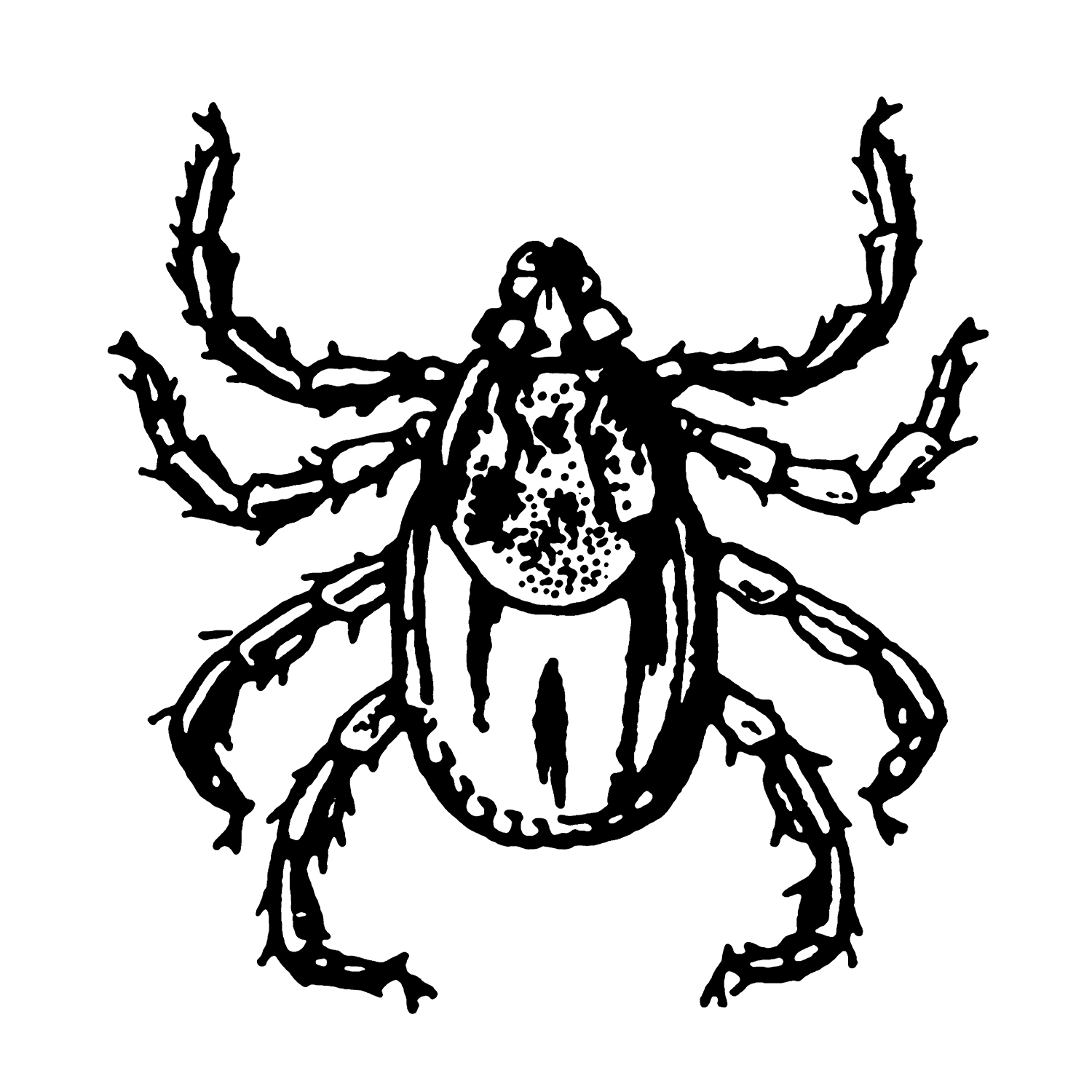Blood-sucking ticks pose significant health risks this spring.
Ticks are tiny arachnids that latch onto hosts, including humans, pets, and wildlife, and carry a range of pathogens for several diseases. For example, in 2019, 50,865 cases of tickborne disease were reported to the CDC by state and local health departments. Ticks thrive in wooded, grassy, and humid environments. The most common tick-borne illnesses include Lyme Disease, Alpha-gal Syndrome, Rocky Mountain spotted fever, and Anaplasmosis.
More than 34,000 people tested positive for
alpha-gal IgE antibodies in the United States during 2010-2018.

Know Your Tick
Lyme Disease is caused by the bacterium Borrelia burgdorferi and is transmitted primarily by the black-legged tick (Ixodes scapularis). Early symptoms include fever, headache, fatigue, and a characteristic skin rash resembling a bull’s-eye. If left untreated, it can lead to more severe complications affecting the joints, heart, and nervous system.
Alpha-gal syndrome (AGS), also known as red meat allergy, is triggered by the Lone Star tick (Amblyomma americanum). This tick’s bite can induce an immune response to alpha-gal, a carbohydrate found in red meat. Symptoms include hives, gastrointestinal issues, and, in severe cases, anaphylaxis.
Rocky Mountain spotted fever is transmitted by the American dog tick (Dermacentor variabilis), and can cause fever, headache, and a spotted rash. If not promptly treated with antibiotics, it can lead to serious complications affecting the heart, lungs, and kidneys.
Anaplasmosis is transmitted by the black-legged tick and the western black-legged tick (Ixodes pacificus). Symptoms include fever, muscle aches, and fatigue. Severe cases may result in respiratory failure or organ failure.
Prevention
- Wear long-sleeved shirts, long pants, and closed shoes.
- Wear tick-repellent clothing and/or use permethrin.
- Apply EPA-approved insect repellents.
- Perform regular tick checks.
- Maintain tick-safe landscaping.
Treatment for Tick-Borne Diseases
Learn how to remove ticks if you find one on your skin. Early detection is crucial for effective treatment. If you experience symptoms after a tick bite, consult with a healthcare professional promptly for proper diagnosis and treatment. Most tick-borne diseases can be treated with antibiotics when diagnosed early.
